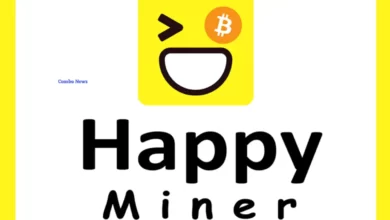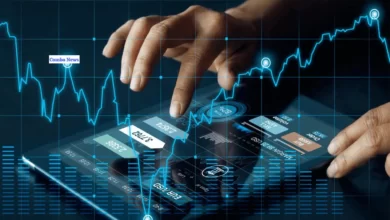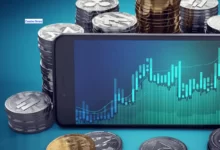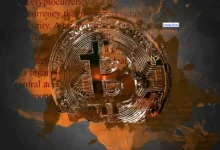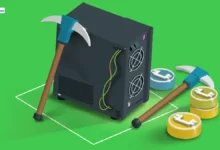Elrond (EGLD) Things You Need To Know Before Investing
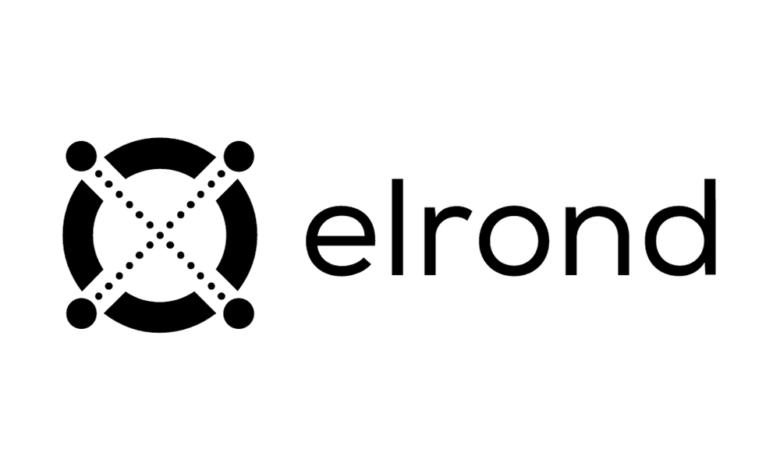
Table of Contents
What Is Elrond (EGLD)?
Elrond is a blockchain protocol that seeks to offer breakneck transaction speeds by using sharding. The project describes itself as a technology ecosystem for the new internet, including fintech, decentralized finance, and the Internet of Things. Its intelligent contracts execution platform is reportedly capable of 15,000 transactions per second, six-second latency, and a $0.001 transaction cost.
The blockchain has a native token known as eGold or EGLD for paying network fees, staking, and rewarding validators.
Elrond was first announced in August 2019, and its mainnet went live in July 2020.
Who Are the Founders of Elrond?
Elrond was co-founded in late 2017 by brothers Beniamin and Lucian Mincu alongside Lucian Todea to solve the problem of blockchain scalability, which they thought to be the most pressing problem facing the industry.
Before Elrond, Beniamin and Lucian Mincu co-founded MetaChain Capital, a digital asset investment fund, with Beniamin Mincu serving as CEO and Lucian Mincu as chief technology officer. The two also co-founded ICO Market Data, an aggregator of information around initial coin offerings.
Beniamin Mincu was also responsible for the product, marketing, and community for blockchain platform NEM from 2014 to 2015 and was an early investor in projects such as Zilliqa (ZIL), Tezos (XTZ), Brave, and Binance. Lucian Mincu has additional experience as an information technology engineer and security specialist, having worked with Uhrenwerk 24, Cetto, and Liebl Systems.
Todea is a serial tech entrepreneur who previously founded and served as the CEO of Soft32, a software review, and download site, and a mobility partner, a mobile payments application partner. He is also an angel investor, investing in biometrics tech company TypingDNA and accounting platform SmartBill.
What Makes Elrond Unique?
Elrond describes itself as a blockchain platform for the new internet economy, decentralized applications, and enterprise use. Its main selling point is its high scalability, stating that it is the first blockchain network in which state, network, and transaction sharding have all been implemented. According to its economics paper, it seeks to build up its ecosystem and establish EGLD as a store-of-value asset.
To achieve this goal, the network runs on 2,169 validator nodes split into four shards: three execution shards, capable of 5,400 transactions per second each, and one coordination shard, the “Meta chain.” Elrond’s adaptive state sharding architecture shards state, transactions, and network. It can scale by adding shard when the throughput demand is unmet. It was tested to run 263,000 TPS in a public environment with 1,500 nodes from 29 countries grouped in 50 shards.
The project also supports developers building on the platform to increase adoption, allowing them to earn 30% of the intelligent contract fees as royalties.
The company maintains a supply of EGLD tokens to stake on the network during its first year, with validator nodes receiving a 36% annual percentage rate.
How Many Elrond (EGLD) Coins Are There in Circulation?
The Elrond economic model has a limited supply of 20,000,000 EGLD, with new tokens minted to reward network validators. The maximum supply can never exceed 31,415,926 EGLD, but this number will decrease as more transactions are processed.
Elrond’s native token was first made available for purchase through a private sale, in which 19% of its initial supply was sold, with 7.5% made available immediately upon token generation and another 15.41% released every three months. Elrond also held an initial exchange offering on Binance, in which 25% was sold and made available immediately.
Of the remaining 56%, 7% was reserved for ecosystem rewards, with 50% released immediately and 50% after six months; 8.5% for marketing, grants, and an accelerator pool for DApp developers, with 81.17% released immediately and 9.41% every six months; 2% for a community fund, with 33.3% released immediately, 33.3% after six months and 33.3% after 12 months; 2.5% for advisors, released after one year; 19% for Elrond’s founders and core team members, with 10% released after six months, 10% after 12 months, 15% after 18, 24, 30 and 36, and 20% after 42 months; and 17% for the company for ecosystem support, with 33.3% that can only be used for staking during the first year released immediately and 66.6% released in three equal installments over three years, starting after one year.
Elrond’s tokens were first issued on Binance Chain under ERD with a total supply of 20 billion. Five hundred million were burned in November 2019 and minted on the Ethereum blockchain as ERC-20 tokens. The company launched a token swap event in September 2020 for token holders to swap their ERC-20 and BEP-2 tokens for mainnet EGLD tokens. The total token supply was reduced from 20 billion to 20 million during the process by setting the swap ratio at 1,000 ERD for 1 EGLD.
How Is the Elrond Network Secured?
Elrond uses a secure proof-of-stake consensus algorithm in which nodes must stake their EGLD tokens to participate in the validation process. Each validator is assigned a rating score based on past activity, which also influences whether or not they are selected. If a validator’s rating becomes too low, it will not be selected and must pay fines. Validators can also be removed from the network and have their stakes slashed if they continuously act in a manner that is against the integrity of the network.
Validators are randomly selected in a way that can be neither predicted nor modified based on the previous round of validations. In addition, validators are periodically shuffled between shards to prevent collusion. Nodes communicate among others using modified Boneh-Lynn-Shacham, or BLS, multi-signatures for solid cryptographic protection.
Where Can You Buy Elrond (EGLD)?
EGLD can be purchased on cryptocurrency exchanges such as Binance, OKEx, Bitfinex, and BitMEX. It can be traded against fiat currencies such as the U.S. dollar and Indonesian rupiah, cryptocurrencies such as Bitcoin (BTC) and Binance Coin (BNB), and stablecoins such as Tether (USDT) and Binance USD (BUSD). It can be bought and sold on both spot and derivatives markets.
Also Read: UNUS SED LEO (LEO) Things You Need To Know Before Investing

